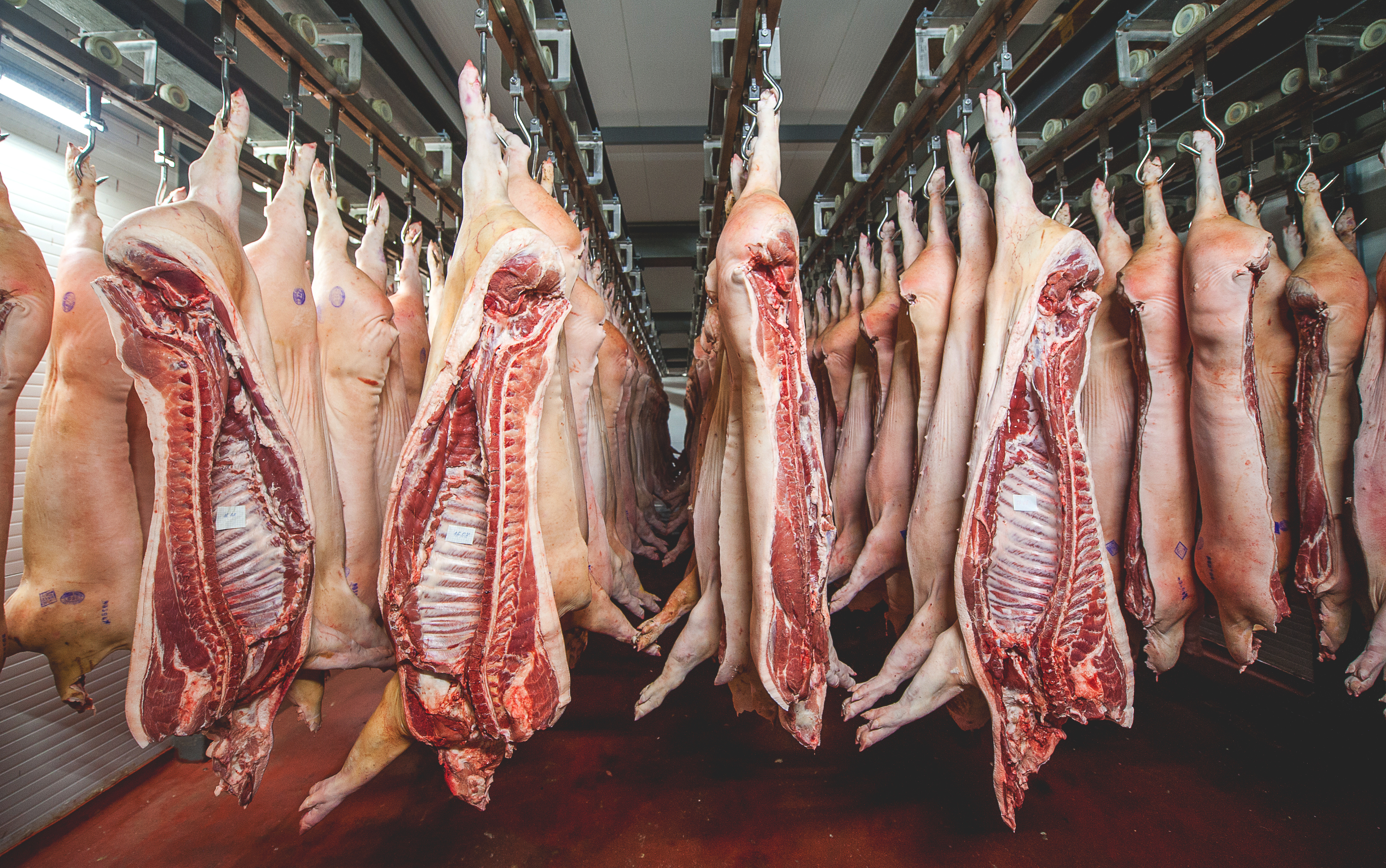



Tyson shutters US pork plant as more workers contract COVID-19
Tyson Foods Inc announced on 28 May that it will temporarily close a pork plant in Iowa as more workers catch COVID-19.Reuters reports that Tyson’s announcement comes one month after President Trump issued an executive order to keep slaughterhouses open to protect the nation’s food supply.
Meat processors like Tyson Foods, WH Group's Smithfield Foods and JBS USA temporarily closed about 20 slaughterhouses last month as workers fell ill with the new coronavirus, leading to shortages of certain products in grocery stores. Production remains lower than normal because of increased absenteeism and social distancing among employees.
An Iowa state official said 555 employees at Tyson's Storm Lake plant tested positive for the virus, about 22 percent of the workforce.

Tyson will stop slaughtering hogs at the facility and finish processing the animals over the next two days, according to a statement.
It will resume operations next week following "additional deep cleaning and sanitising of the entire facility," the statement said. The closure is due partly to a delay in COVID-19 testing results and employee absences, according to Tyson.
Tyson said it conducted large-scale COVID-19 testing at the plant in northwestern Iowa and implemented safety measures to protect employees like requiring them to wear masks.
The United Food and Commercial Workers International Union called on the Trump administration and meat companies to do more to protect workers. The union reported more than 3,000 infections and 44 deaths among US meat packing workers, up from 35 deaths as of 12 May.
"Too many workers are being sent back into meatpacking plants without adequate protections in place, reigniting more outbreaks in the plants and our communities," said Nick Nemec, a South Dakota farmer who is part of an advocacy group working with the union.
The Storm Lake plant slaughters about 17,250 pigs a day when it is running at full capacity, according to industry data. That accounted for about 3.5 percent of US production before the pandemic.








